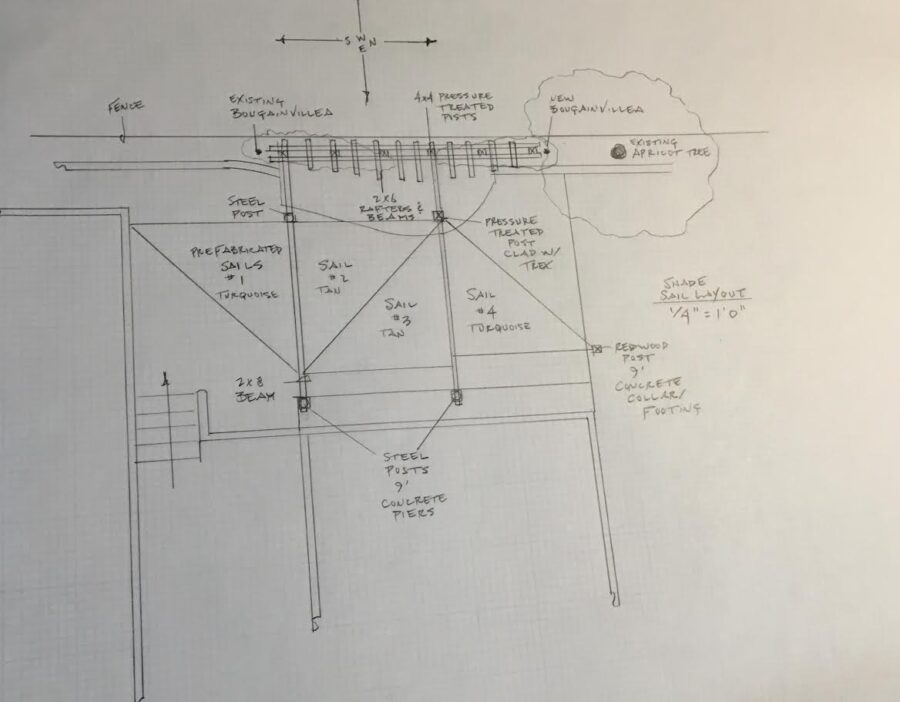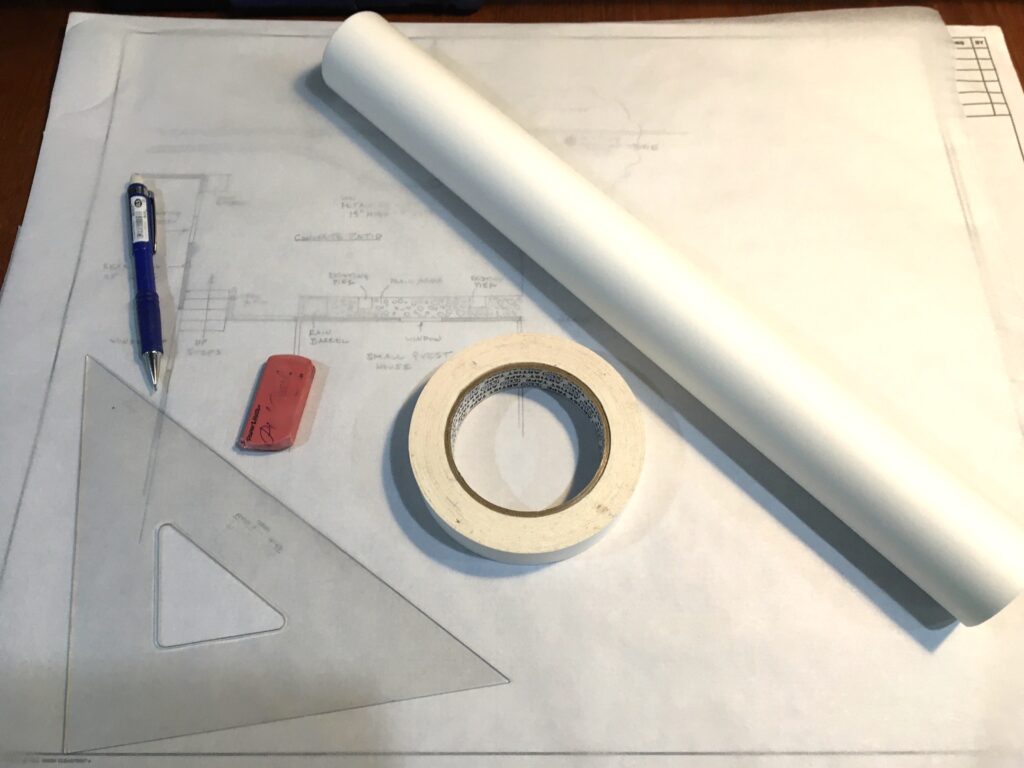Getting Bids and Working With Contractors
Its best to have a landscape plan in hand or some firm ideas on what you would like to accomplish before contacting a landscape contractor to get a bid. Some landscape contractors have a designer that works for them or that they refer out to. In either case it is best to have a drawing done to scale so you can obtain an accurate bid. Similar to what you would do when building a home but not as complicated. Landscape Construction can be a messy and noisy process so prepared for some mud and dust.
Sometimes, finding a good contractor is a hurdle in itself. A few ideas are to ask around to coworkers, friends and family, look for referrals on the Nextdoor app, ask neighbors who have had work done that you like, or ask contractors that you have worked with on your home if they have a referral. Word of mouth is usually the best source of contractor referrals.
The next step is to check at least 3-4 references for the contractor, check with the Contractors State licensing board to make sure the person has a license, and meet in person on site to get a feel for how they work and the vibe they give you when talking with them.
I usually avoid large Landscape Construction companies with a sales team because there is a chance your job will get lost in a pool of many jobs. It is always best to talk directly with the owner of the company or job foreman when discussing details. Working with a small to medium company has worked out well on most of my projects.
There may be a long lead time for a good contractor but it is better to wait than rush in. Unrealistic timeframes are doomed to failure.
Obtain at least 3 bids so you have enough to compare, although bids are not always easy to compare line by line. Each company has its own bidding system. Use your plan you have been working on for the bids. Once you have your final choice on contractor you can always update the plan and price based on their input.
You should never be charged to have a bid prepared. And bids should always be written out in a clear and professional manner.
Be Wary of off the cuff Quotes
Run for the hills if a contractor quotes off the top of his head and prepares no exact figures. This does happen and it is completely unprofessional and impossible for any Landscape Construction firm to do this. No one can just look around your place and fabricate an accurate price without calculating out labor and materials from a solid plan.
Once you have a landscape contractor that you would like to work with, sit down and go over the planning and any pictures you have been collecting up. Good contractors have lots of ideas and advice. They will very much appreciate that you have a plan to go over with them. Very simple Landscape Construction projects can be explained with a good list of requirements and a site visit.
Listen to them carefully, but hold onto the things you really like about your plan, making sure they are doable and within your price range. Many contractors have very strong opinions so choose for yourself which opinions you follow and which you may not want to use.
Landscape Construction companies can help you with, or do the planning and laying out of the watering system and lighting. These can actually be done on site during the job. Update the plan, as needed, once you have come to an agreement and have him/her update the bid.
A good contractor can also price out several options on paving or any items that may be deemed as future projects. You do not have to do all the work at once but installation of landscaping happens in a certain order so segmenting a project needs to be done in an order that makes sense.
Do Your Homework
Also, you may want to do some of the work yourself. This is perfectly fine but you should not impede the progress of the workers and contractor as they are on a schedule.
If you do decide to DYI your project, study up and carefully prepare before tackling the work. Have helpers ready to assist as needed. Make lists of materials, as you do your plans so you can cost everything out. Don’t over do it trying to get the yard ready for an event or deadline. Landscaping is very hard work and can be overwhelming if not broken into handle-able chunks.
Set Up a Payment Schedule with the Contractor
Back to working with a landscape contractor! When you have a final bid the payments will be broken out into segments. You should only be paying for materials in the first segment then there will be 3-5 additional payments, approximately, as the job progresses. You should never be asked to pay a lump sum for the job upfront. The last payment should be made after the job is completely done.
If during the project you make changes then a change order should be issued. A change order is a written statement documenting the items to be added or subtracted. The cost of the change is listed and will be added or subtracted from the final total.
Change Orders
Lots of service people, contractors and workers get lazy about this type of accounting but it is very important for both the customer and the installation company. Proper use of change orders can really help avoid any hassles. Best to have the change orders done as the project is progressing not at the end!
I will say that I have worked with all kinds of customers and contractors and it is best to remain convivial and not fly off the handle if there is an error. The majority of contractors are trying to do their best for customers and are happy to correct any problems as they arise. And they do. That is part of building stuff. It is a very challenging job in every respect so a little understanding goes a long way in keeping things running well. In general, it is best to discuss the daily chores and updates with the foreman or contractor and not question the crew and workers. They are not always aware of the overall plan, schedule and dynamics of the project.
Most contractors do regular walk arounds on site with the clients to go over progress and questions. This also helps to catch any problems before the job is too far along.
Avoid Doing Business by Text and Email Alone
Since we have been using texts and emails as part of doing business some problematic communications and misunderstandings can occur. Small or minor questions are okay by text or email but for the best results go over questions, problems and additions in person when meeting with the contractor so that all information is clear and agreed upon.
Occasionally, things do not go well from square one and then it is time to reconsider whether the job will continue with that contractor. Better to cut your losses if things are sliding out of control. If a job doesn’t go well from the start and there is no action to correct the situation then you need to cut ties.
Finishing a landscape project is a rewarding and often exciting accomplishment. Well thought out and executed landscape planning adds to the value of your home, enriches your time spent at home and enables you to entertain and share your garden with your friends and family. What could be better?!

Interested on learning how to design your garden and/or prepare a plan? My Landscape Design Course is available through the website and covers the things you need to know to do your landscape design project and get started on the installation. Check it out :-o)

